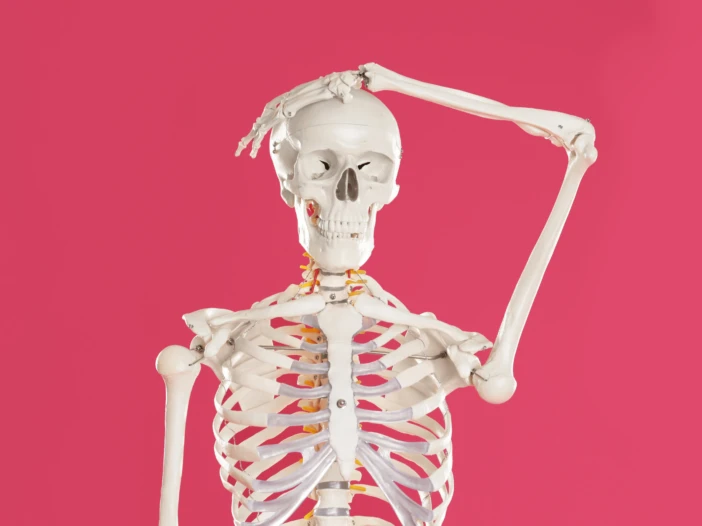
People living with osteoarthritis can qualify for Federal Disability benefits like SSDI and SSI but need to show evidence of joint deformity, limited motion, or an inability to perform gross and fine motor skills, that prevents them from working. Living with osteoarthritis can be challenging. It affects your mobility, limits your ability to work, and can cause significant daily pain. This guide will break down the process, offer clear steps, and explain how we can help you every step of the way. With years of experience helping clients secure SSD benefits, we’re here to provide clarity and confidence.
What Is Osteoarthritis?
Osteoarthritis is a common condition that occurs when the cartilage protecting your joints wears down over time. This leads to pain, stiffness, swelling, and decreased mobility. It often affects the knees, hips, hands, and spine, though it can impact any joint. People with severe osteoarthritis may find everyday tasks—like walking, bending, or even gripping objects—extremely difficult.
How Social Security Disability Evaluates Osteoarthritis
The Social Security Administration (SSA) uses strict criteria to determine if your osteoarthritis qualifies for benefits. They evaluate whether your condition prevents you from working and if it meets specific medical criteria.
- Blue Book Listing: The SSA’s Blue Book includes osteoarthritis under musculoskeletal disorders. To qualify, you need to show evidence of joint deformity, limited motion, or an inability to perform gross and fine motor skills.
- Residual Functional Capacity (RFC): If your condition doesn’t meet the Blue Book listing, the SSA will assess your Residual Functional Capacity (RFC). This measures what work-related tasks you can still perform despite your condition, such as standing, sitting, or lifting.
- Duration Requirement: To qualify for SSD, your osteoarthritis must significantly limit your ability to work for at least 12 months.
Evidence You’ll Need to Prove Your Claim
Providing thorough documentation is crucial for a successful SSD application. Here’s a checklist of the evidence you’ll need:
- Medical Records: Include X-rays, MRIs, and other diagnostic imaging showing joint damage.
- Doctor’s Notes: Statements detailing your symptoms, limitations, and treatments.
- Treatment Records: Information about medications, physical therapy, or surgeries.
- Work History: Proof of how your condition impacts your job performance.
- Pain Journal: A daily log of your symptoms can strengthen your claim.
Common Challenges and How to Overcome Them
Applying for SSD benefits can be frustrating, especially with common hurdles like these:
- Insufficient Medical Evidence: Ensure your records are comprehensive and up-to-date.
- Denial of Initial Application: Many first-time claims are denied. Don’t give up—appeals often lead to success.
- Misunderstanding SSA Requirements: Consulting a local disability lawyer can help you avoid errors.
How We Can Help
Navigating the SSDI application process can be overwhelming, but you don’t have to do it alone. Our experienced disability lawyers:
- Review your medical records to ensure they meet SSA standards.
- Assist with completing and submitting your application.
- Guide you through the appeals process if your claim is denied.
- Represent you at hearing with Administrative Law Judges to improve your chances of approval.
Closing
If you’re struggling with osteoarthritis and think you might qualify for Social Security Disability benefits, take the first step today. Gather your medical records and contact our office for a free consultation, there’s no fee for our services unless we win your claim. We’re here to simplify the process and fight for the benefits you deserve.



